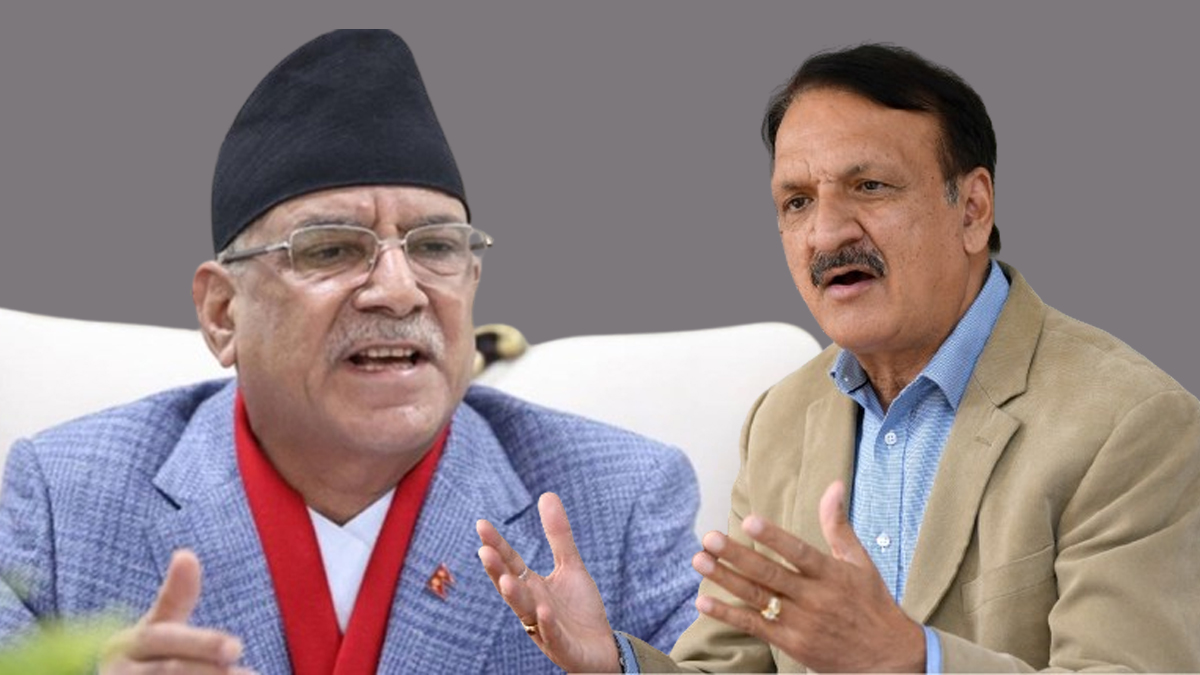
Government Struggles with Weak Fiscal Performance in First Half of FY 2023/24

Nepal faced significant fiscal challenges in the initial six and a half months of the current fiscal year 2023/24, registering a substantial gap of approximately Rs. 79.34 billion between total receipts and expenditures. This figure marks a substantial increase from the Rs. 5 billion gap recorded at the end of the first quarter in mid-October last year.
Despite concerted efforts and directives from Finance Minister Dr. Prakash Sharan Mahat to enhance budget performance, the outcomes have not been promising. Dr. Mahat had initially proposed a budget of Rs. 1751.31 billion for the current fiscal year, with revenue estimates set at Rs. 1422.54 billion. This reflected a mere Rs. 19 billion increase from the previous fiscal year 2022/23. Notably, the government fell short of collecting only 68 percent of its total revenue target in the last fiscal year, while in 2021/22, it achieved approximately 90 percent of the annual revenue target of Rs. 1180.6 billion.
However, there is a relative narrowing of the fiscal gap compared to the previous fiscal year. In the same period last year, the gap stood at a staggering Rs. 105.54 billion. In contrast, fiscal years 2021/22 and 2020/21 witnessed surpluses of Rs. 67.87 billion and Rs. 25.63 billion, respectively.
While government income has substantially decreased to 37.34 percent of the total target in the current fiscal year, it was 50.39 percent two years ago and 45.66 percent three years ago. Government expenditure, on the other hand, has remained consistent at around 34-36 percent in the first six and a half months of the last three fiscal years.
The poor performance in revenue mobilization, both in tax and non-tax revenue, has posed challenges in financing development works, leading to delayed payments to contractors. Prime Minister Pushpa Kaman Dahal Prachanda intervened, directing the Finance Ministry to expedite the clearance of outstanding dues to contractors. According to the Federation of Contractors Association of Nepal (FCAN), the government has a liability of about Rs. 46.3 billion, with the clearance process now initiated.
In terms of utilizing the development budget, there has been a slight improvement this year, with 19.12 percent of the capital allocation of Rs. 302 billion already mobilized. This represents an increase from the 15-16 percent range observed in the past three to four years. Over the past months, the government allocated Rs. 57.7 billion for development works and Rs. 90.4 billion (30 percent of the annual estimates) in loan servicing.
Economists have highlighted that traditional revenue sources are drying up, emphasizing the need for the government to explore alternative avenues. They predict that the problem will intensify in the future, given the transformative nature of the economy, influenced primarily by technological advancements such as shifts in the vehicle and human resource markets propelled by technology and Artificial Intelligence (AI).












Comments